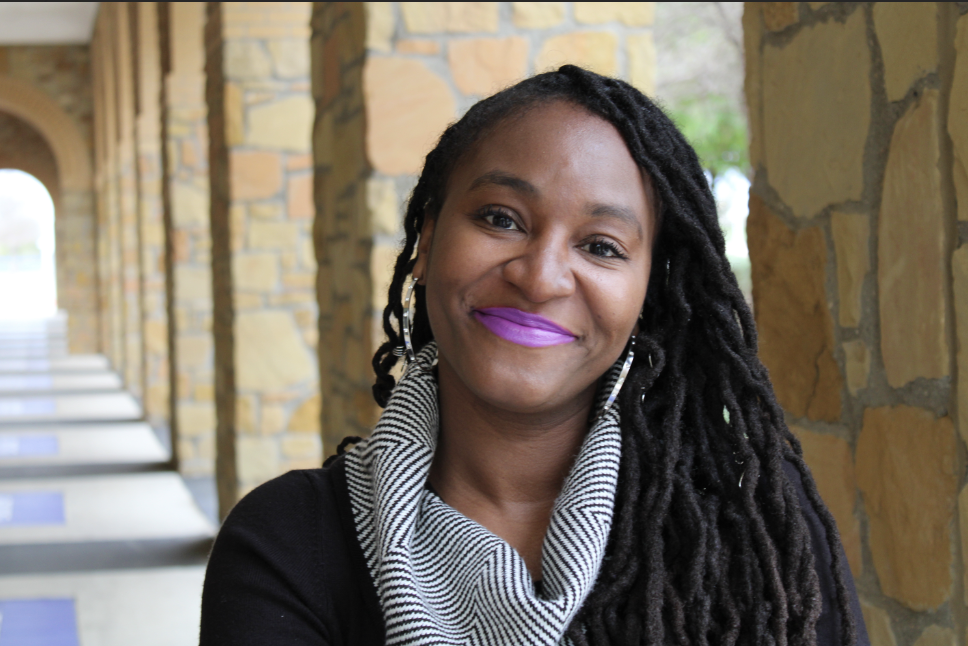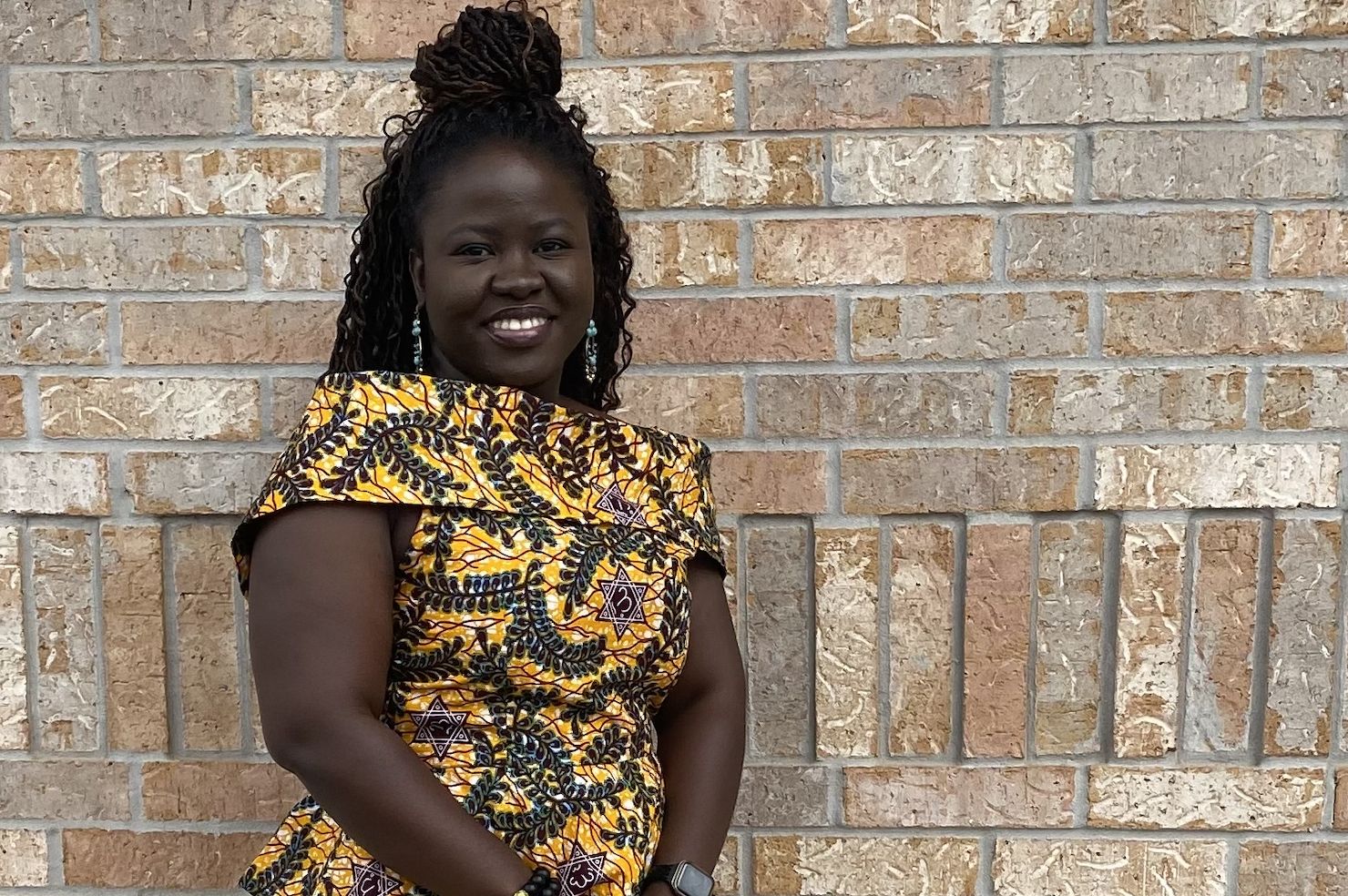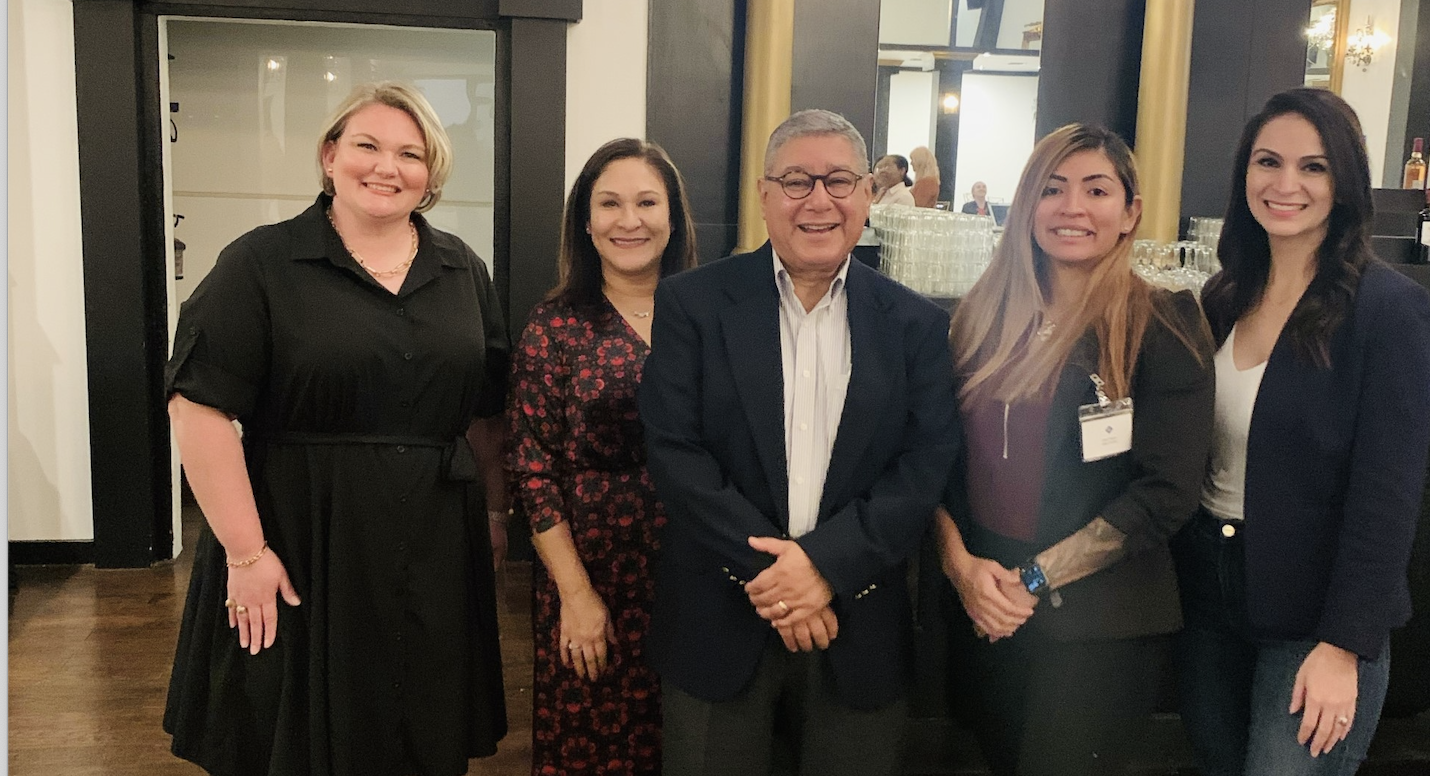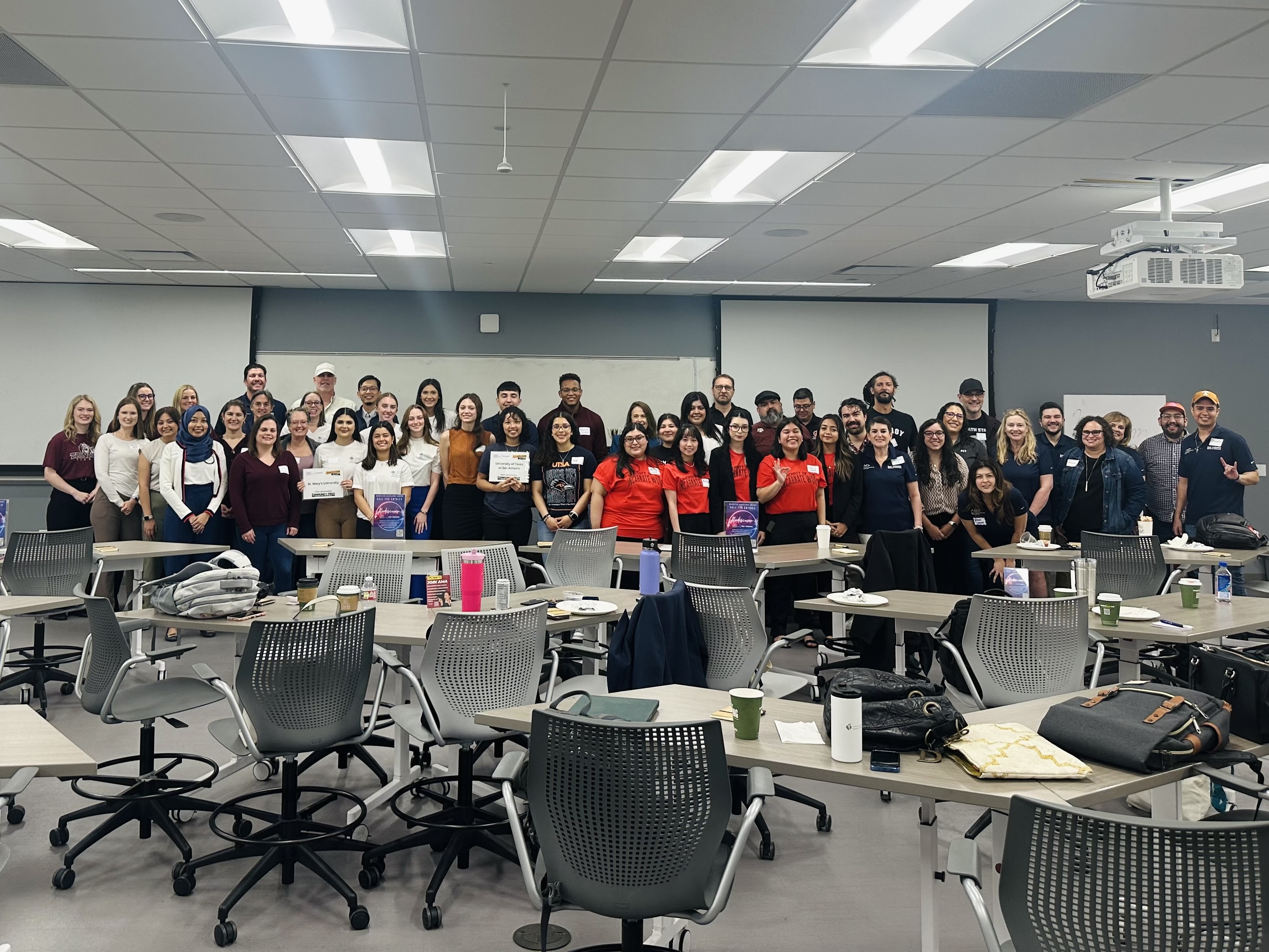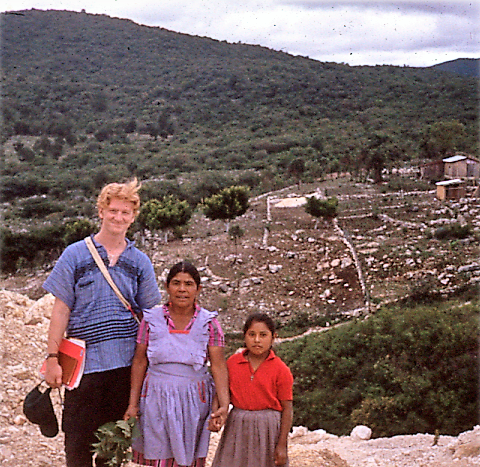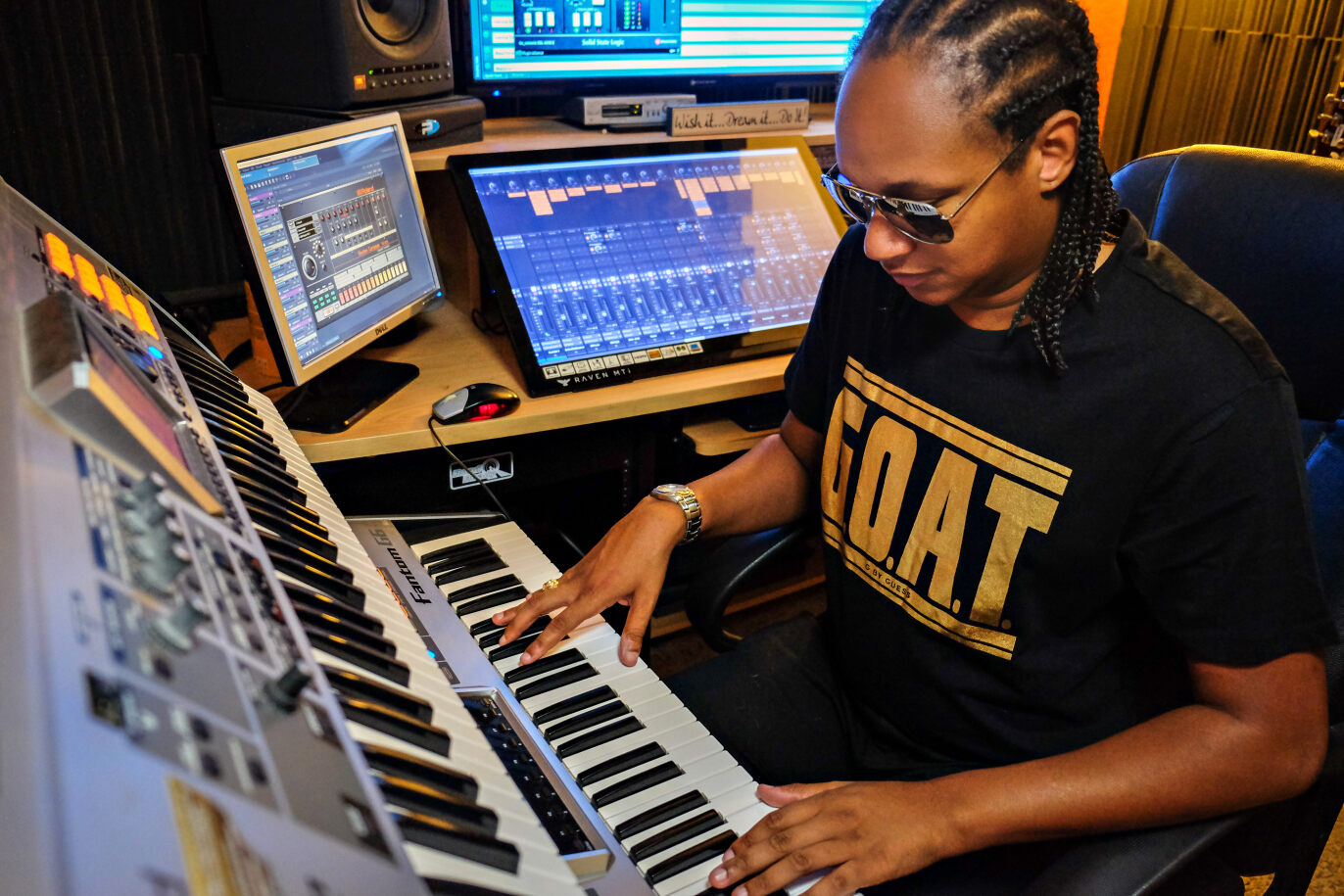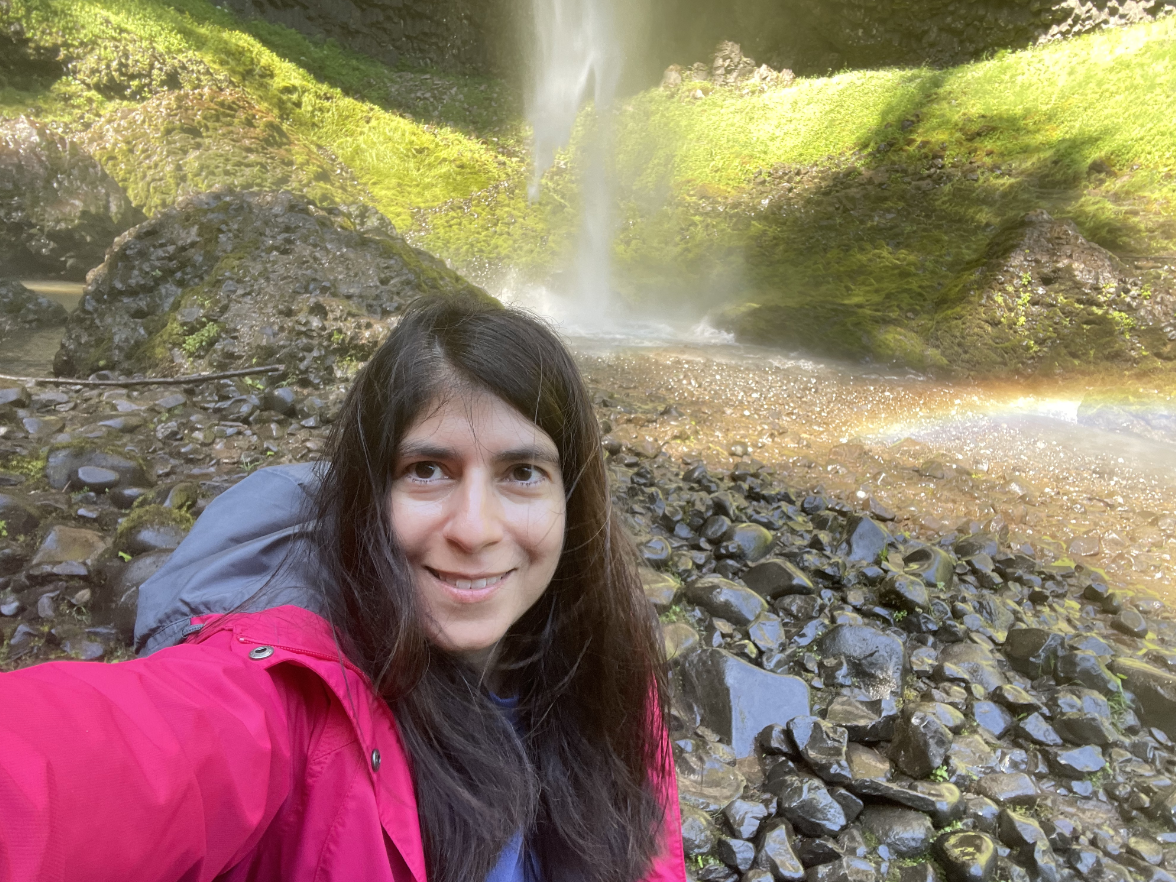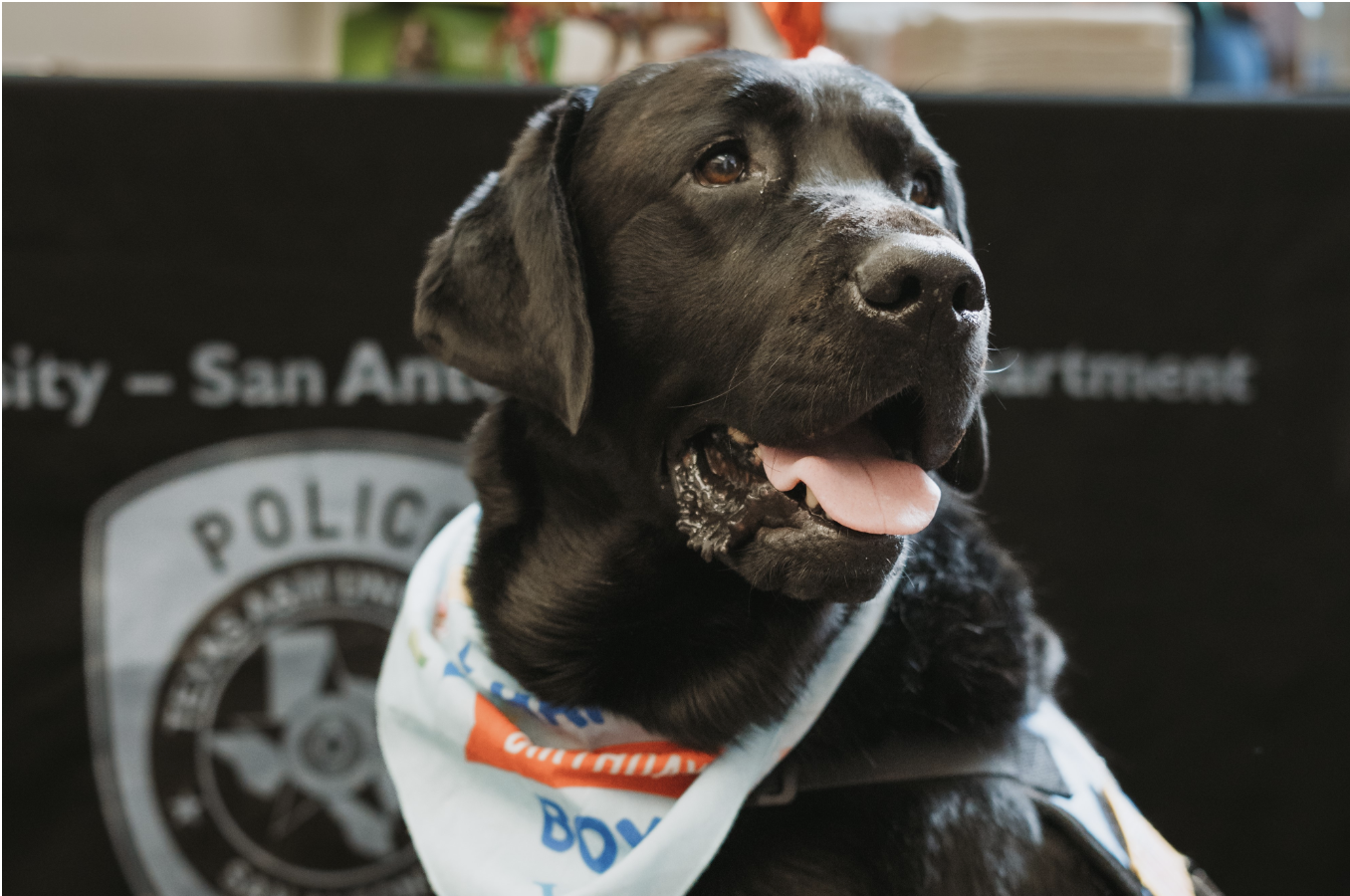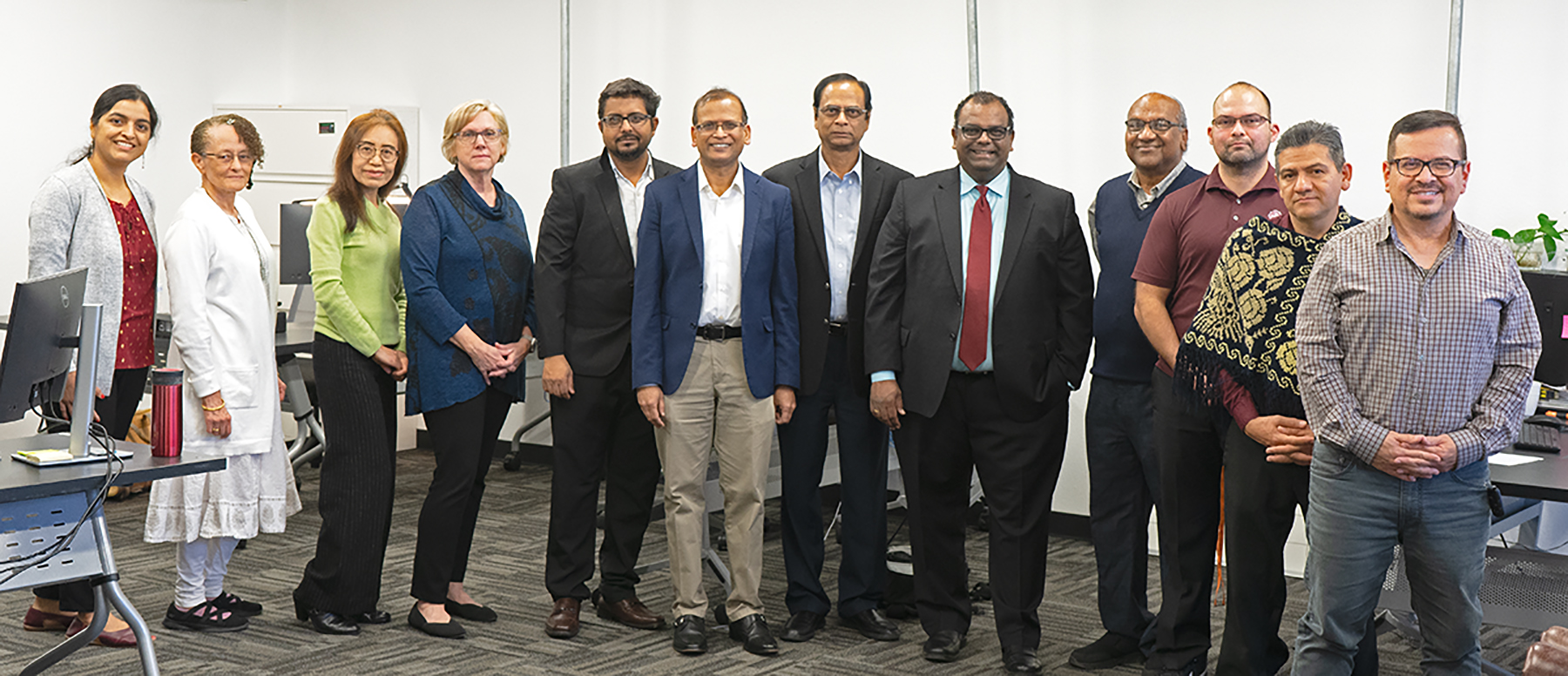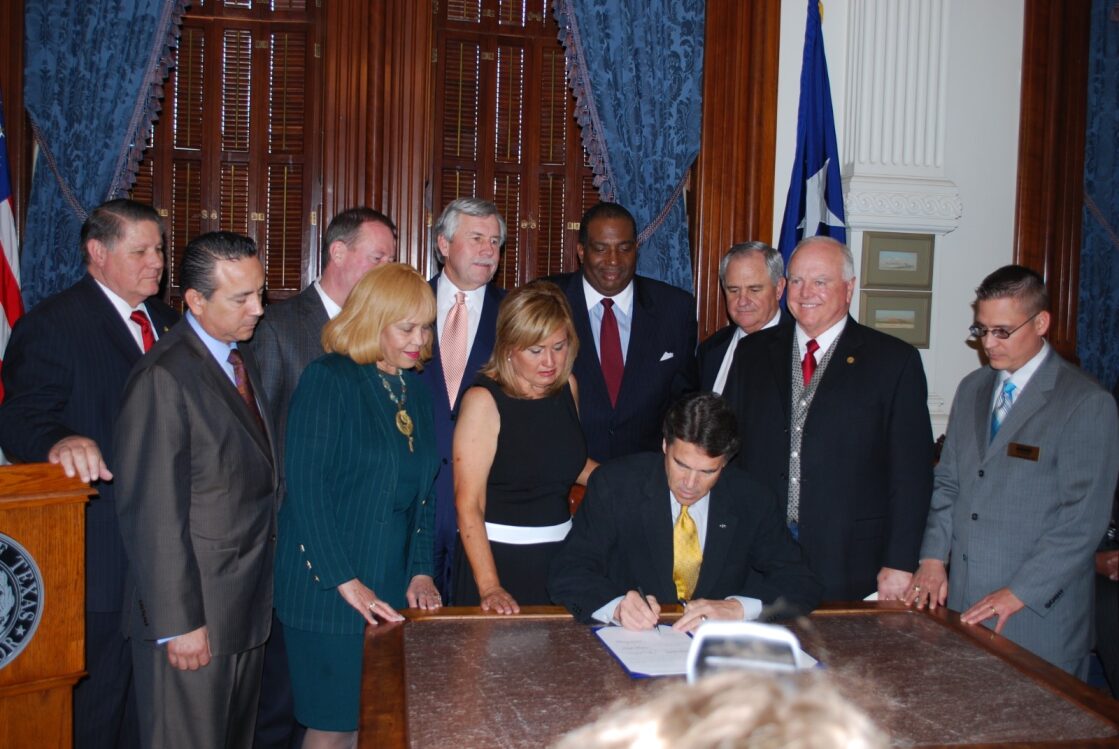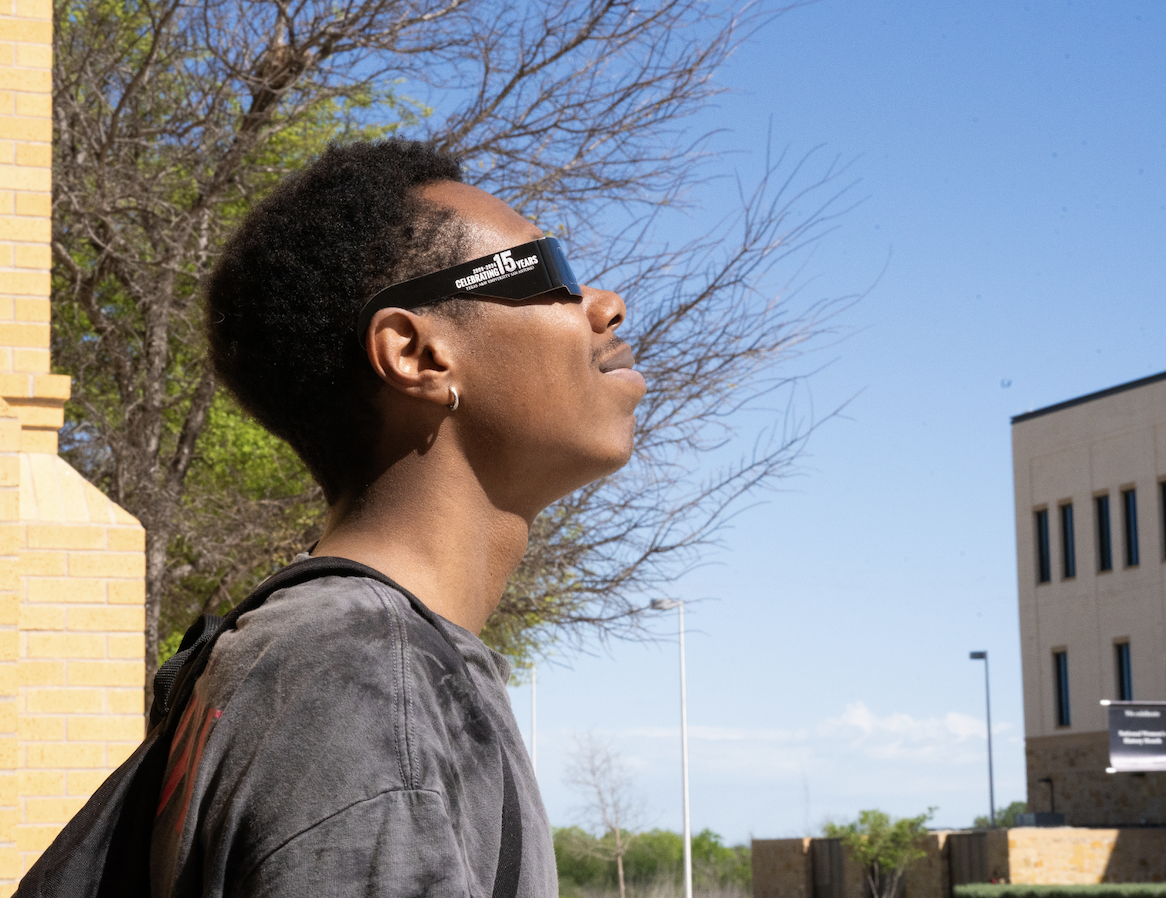Engaging students in science taking place within their own community and boosting the STEM workforce are longer-term goals for this incubator project.
Two Department of Life Sciences faculty members at Texas A&M University-San Antonio plan to use their $75,000 National Science Foundation incubator grant to engage more undergraduate students in biology research activities occurring in socially meaningful, applied community contexts.
Dr. Megan Wise de Valdez, Associate Professor and Program Coordinator, Biology, and Dr. Bryan Bayles, Research Assistant Professor of Public Health, discovered a mutual concern that became the catalyst for their winning proposal: Too few students early in their academic careers get exposure to the process of scientific research.
In fact, too often when educators attempt to improve undergraduate research opportunities they focus on placing select students in one-on-one faculty-mentored projects. Another handful might have a summer internship experience, but even those typically occur later in an undergraduate program, says Wise de Valdez. “We both come at this from a perspective of wanting to reach as many students as possible. We think all students should have an opportunity to participate in research during their foundation coursework so that they begin to understand the process of research—how it’s done and how it can benefit a community.”
While the underlying purpose of this grant is to improve biology education for undergraduate students, among the grant’s requirements are to develop a network of partners that likewise will benefit from the collaboration. The interdisciplinary network Wise de Valdez and Bayles are bringing together includes city and regional educators, research scientists in the health and biological sciences, a nationally recognized primate research center, and a major regional river authority tasked with ecological stewardship.
Learning the Process of Research
One aim of the pilot is to provide opportunities for students to engage with actual data sets. “Network partners will help identify some of the publicly available data we can let students use, such as public health information about various diseases of prevalence within our community, like diabetes,” says Bayles. “Allowing students to engage in research within the context of where they live is another essential component of getting students not only involved in science, but excited about it.”
The incubator itself will take the form of seven one-day workshops, one each month starting in January 2022, explains Wise de Valdez. During these workshops, students will gain hands-on experience entering raw data and analyzing the results. Using actual data sets will not only help students see how researchers work with data but will expose them to the kinds of biological research being done in this region. The process of reporting results through presentations will give students the chance to practice sharing research with the public.
“These are all things students need to experience for a true understanding and appreciation of the process of research,” says Bayles. He and Wise de Valdez emphasize other core learning opportunities the pilot will provide. In addition to communication skills, these include team work, critical thinking, and quantitative reasoning. “These are essential for biological research and are important professional skills to develop whether a student ends up pursuing a career in biology or not,” says Wise de Valdez. The modules “will also provide context for the kinds of concerns that can emerge when conducting research, such as data-sharing agreements and ethical issues to consider when research involves animals and humans,” says Bayles.
By the end of the final workshop, Wise de Valdez and Bayles plan to have a framework in place for the actual course-based modules. The next step will be to implement a limited release in fall 2022 with a test module in sections of introductory General Biology 1 and 2 courses that will likely involve from 80 to 200 students, depending on the number of participating faculty, notes Wise de Valdez.
Connecting to Local Concerns
For Bayles, one great thing about San Antonio is how collaborative the city is when it comes to tackling community issues. As he sees it, another huge benefit of the grant is the opportunity it will provide to facilitate collaborative, interdisciplinary discussions about what needs exist across the region that partners can solve together.
Giving students this first-hand glimpse of the specific challenges within their own community will help them begin thinking about how they, too, can be directly involved in exploring solutions, says Bayles. “We hope that by exposing more students who are just starting out in their college careers to the kinds of research they can do and the skills it requires will not only heighten their awareness of and interest in science, but will also boost their confidence that they can succeed in health and science careers or the pursuit of advanced studies and research.”
This early exposure to research can be especially critical for a largely underserved, first-generation student population like that attending A&M-San Antonio, says Wise de Valdez. “We know that these groups typically have fewer opportunities to engage in high-impact research activities early in their studies.”
“This pilot also perfectly aligns with our vision in terms of addressing inequities and disparities in our region,” says Bayles. His own experience working in the public health sector has convinced him that A&M-San Antonio in particular—with its strong focus on serving its surrounding community—is ideally suited to help address some of the most significant health disparity gaps that remain. “I see lots of opportunity for us to make progress.”
In fact, with the potential for a spin-off research agenda emerging from this incubator, Bayles anticipates that the pilot will likewise pave the way for student internships with network partners and beyond, citing collaboration projects already underway with the San Antonio River Authority, San Antonio Metropolitan Health District, and area health care providers that could provide great experiential learning opportunities for students.
Expanding the Workforce and Career Options
Another longer-term motive of the project is to help strengthen the future STEM workforce pipeline and to enhance the diversity of that workforce—a direct benefit to network partners, suggests Wise de Valdez. “Collaborative research among students, academia, industry, and community civic services will also expose students to the variety of potential job opportunities and the skills required in the biology and health fields in particular.”
Ideally, the two hope that down the road the incubator project will become the stepping stone to a larger grant to continue this work. By that point, it’s also their intention to grow the network beyond San Antonio to include the Rio Grande Valley, south Texas, and perhaps even northern Mexico to incorporate an international component, notes Bayles.
“Since this is an incubator project, we aren’t yet looking for direct outcomes and impacts to students with regard to things like retention of knowledge. That will come later,” says Wise de Valdez. “The goal at this point is to build the network and develop the platform that will eventually impact learning and engagement for all students and that will help more students make the connection between biology class and real life.”




